Much has been written about Jammu and Kashmir (J&K) by the virtue of its disputed status. The ever growing literature by leading scholars and legal experts has continued to emphasize either on the legal aspect of the Kashmir dispute or has analysed J&K through a securitized lens, thereby marginalising the existing scholarship on the rich heritage that has defined J&K’s cultural landscape. In Cultural Heritage of Jammu and Kashmir, Professor Kulbhushan Warikoo, besides his scholarly contributions, brings together leading scholars on the region, undoubtedly making it an exhaustive account virtually covering all aspects of J&K’s history and culture. The academic rigor is substantiated not only from the in-depth study of the dominant and marginal cultures from across the J&K - namely Gilgit, Baltistan, Jammu, Kashmir and Ladakh - but the contributing scholars also provide cultural and archaeological evidence on the all-encompassing nature of civilisational influence that extended even up to the Pamirs.
Evidence from Northern Areas (present day Gilgit Baltistan, which is under Pakistan’s control) proves how the region lay at the crossroads of Hindu, Buddhist and Islamic influences. The rock art spread across the Northern Areas speaks volumes about how the Karakoram mountains facilitated seamless transmission of cultures and traditions dating back to 5000 BC. It was found that a Saka settlement existed in the area, as it appears from Kharoshti inscriptions found there; some of them even mentioning the names of Saka rulers. The existence of Pahalava rulers too has been established along with inscriptions belonging to the Kushana period, together which proves the region facilitating the interface of Central and South Asian cultures. Through historical records found there, one is acquainted with the roots of the word Balawaristan (the historical name for present day Gilgit Baltistan). One also finds that Gilgit, which was once under Hindu kings, was earlier known by the name Sargin.
Inscriptions belonging to the Patola Shahi dynasty give an insight into the earliest ideas on the Bolor (Balawar) state. Also, initial evidences on the Darda Kingdom come from the Kharoshti inscription found near Alam Bridge (located near Gilgit). Furthermore, inscriptions dating back to Patola Shahi ruler Sri Deva Chandra Vikramaditya’s era found at Hunza clearly acquaints the reader about the dynasty’s eminent position around 6th - 7th century AD. That Saivism was predominant in Kashmir valley is well known, but few are aware that Lord Shiva was worshipped in Gilgit as well. Rock carvings depicting Shiva which were found near Chilas (Gilgit) point towards the existence of a Shiva worshipping cult there.
The fact that 18 of the book’s 25 chapters deal with Kashmir shows the depth the book goes in acquainting the reader with Kashmir. From religious texts and secular literature to temple architecture, Sufi saints and contemporary developments, Kashmir’s past and present have been explored by the book from myriad dimensions. The book explains how Kashmir’s contribution to aesthetics remains unparalleled, as it can be seen from the works of the poet Abhinavagupta.
It is interesting how the book discusses the multiple events that mark the entry of Buddhism in Kashmir. Kashmir’s rendezvous with Buddhism dates back to Majjhantika, a missionary sent by Emperor Ashoka. However, the book also discusses Kalhana, according to whom, Buddhism even predates Ashoka. The Stupa and Vihara forms of architecture were introduced to Kashmir under Ashoka, with the development of the latter reaching its peak by the 6th - 7th century AD. There is an extensive mention about Kashmir in Milindapanha, a Buddhist text which is in the form of a question answer narrative between the Buddhist sage Nagasena and Indo-Greek King Menander (Milinda). The book provides an in-depth study of Kashmir under the Kushana Empire where Buddhism was revived under Emperor Kanishka, under whom the fourth Buddhist council was also held. Kashmir has given several scholars to the field of Abhidharma studies.
Kashmir also flourished under Meghavahana in 6th century AD who constructed the Amritabhavana Vihara, which funds mention by Chinese traveler O Kon. Further, the Buddhist manuscripts found in a Stupa at Gilgit dating back to the 7th century bring the Buddhist linkages between Kashmir and Gilgit to light. Understanding Kashmiri craft is incomplete without Bronze. Kalhana’s Rajtarangini mentions of temples and monasteries adorning bronze images. Kashmiri craftsmen catered to Buddhist kings’ needs for bronze and murals. The region’s bronze art matured under reign of King Avantivarman in 9th century AD. The sculptures found depict astonishing symmetry. The Maitreya Buddha and Vishnu images found in Kashmir and Western Tibet are finest examples of the development of this craft. Kashmiri scholars have richly contributed to Sanskrit literature in form of Puranas (like Nilamata, Visshnudharmottara Purana and Vasuki Purana), dramas, anthologies and poems. All six schools of Sanskrit poetics originated in Kashmir and the region’s contribution to satirical poetry has been phenomenal, with poet Ksemendrav (Circa 11th century) having 40 works to his credit. It was Ksemendra who mentioned Buddha as Lord Vishnu’s ninth incarnation in his Dasavataracarita. On the religious architecture part, temple building is known to have gained momentum under Karakotas and Utpala dynasties. The most powerful Karakota ruler Lalitaditya Muktapida (who ruled between 724-640 AD) was credited with building four temples and a monastery. Golden age of temple building in Kashmir was reached later under King Avantivarman (855-83 AD), the founder of Utpala Dynasty.
Further, the book goes on to explain the emergence of a syncretic culture in Kashmir, where the Islamic Sufi philosophy intertwined with tenets of the Kashmiri Saivism, which found its best expression in the poetry of 13th century Sufi mystic Lal Ded, whose tradition was carried forward by her disciple Nooruddin Wali or Nund Rishi. The Rishi cult founded by Lal Ded continued to draw mystics, whose criticism of the rigid religious orthodoxies and simplified concepts of god struck chord with the common masses. One chapter even delves deep into explaining the genesis of Kashmiri Shi’ite traditions, social organisation and the spatial distribution of Shias in Kashmir, tracing it back to the times of Syed Ali Shah Hamdani and his associate Syed Ajad Mohammad Hamdani of 13th century.
The history and culture of the Jammu region has been discussed with a strong focus on the evolution of temple architecture over the medieval centuries. Wooden Nag Devta temples built near fresh water springs are among the prominent temple forms dotting the Jammu Shivaliks, with its main example being the famous Karlah Nag Devta temple at Patnitop, Jammu. Vestiges of the bygone Gupta period are evident in the way some of Jammu’s temples have been built, as seen in Billawar Temple which was built in the Nagara style with a curvilinear pyramidal structure. After witnessing a slowdown in temple building between 12th and 17th centuries, the activity revived after the Dogras consolidated power beginning from middle of the 18th century. Temples under Dogras, especially Gulab Singh consisted of “shining ‘Kalashas’ of Shikhara type brick temples”.
Quintessential to J & K’s socio-cultural fabric, even the marginalized Balti culture of Ladakh and Kargil is elaborately described, backed by fieldwork from Kargil’s villages. The culture presents a blend of Buddhist and Islamic influences in such a way that while Islam remains the practiced faith, the “cultural contours of Balti society retain the elements of their past Buddhist faith”. Shi’ism among the Baltis and Ladakhis traces its roots back to Mir Shamsuddin Iraqi, “who converted the first Muslim of Kargil Habib Cho into Shi’ism in 1500 AD”.
In conclusion, the book is a rich repository of scholarly work on J&K not only because it covers almost every aspect of the state’s cultural heritage, but also because it traces the organic evolution of the heterogeneous yet interconnected cultures across the temporal expanse of two millennia in a methodologically sound manner. It is indeed a key step if the ancient traditions, art forms and rich culture of the region are to be revived, which would go a long way in strengthening the civilisational connect.


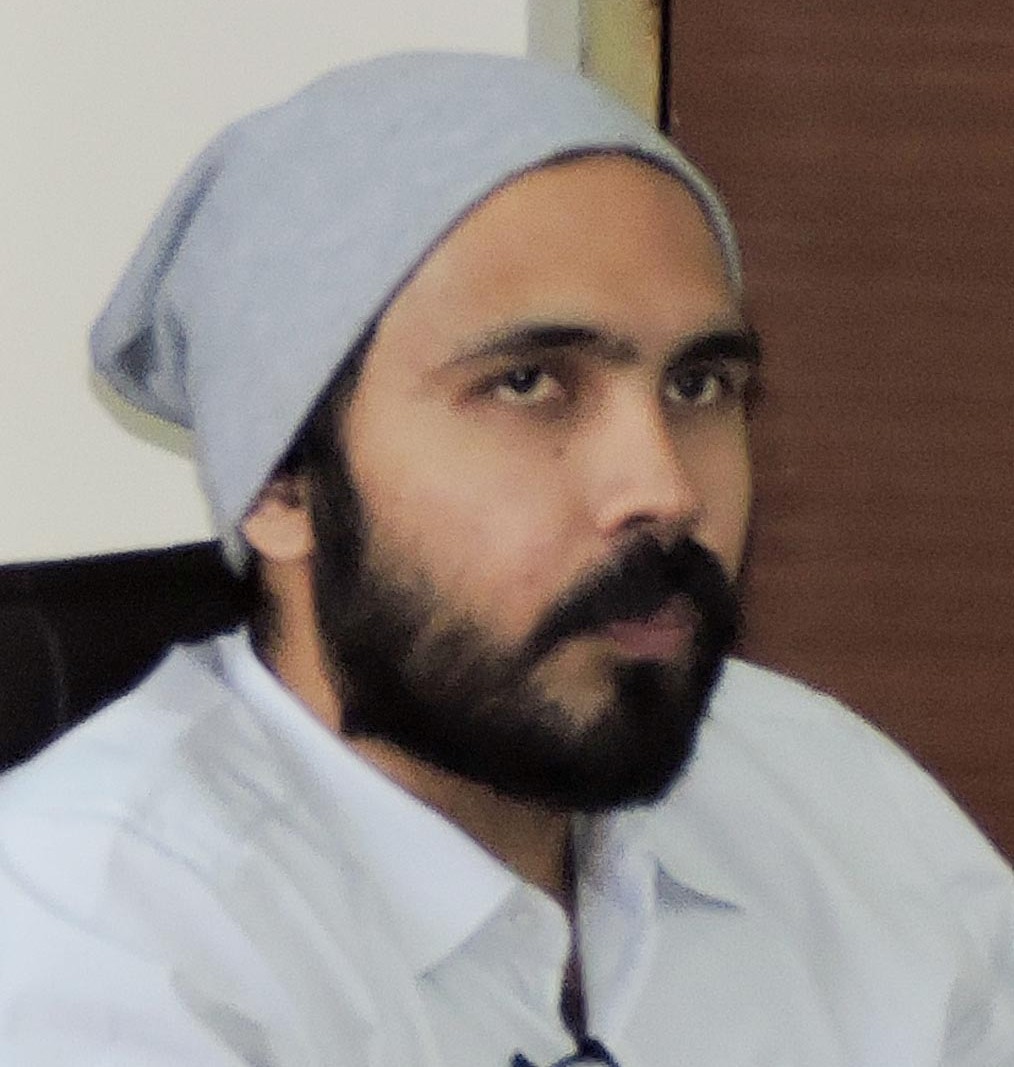

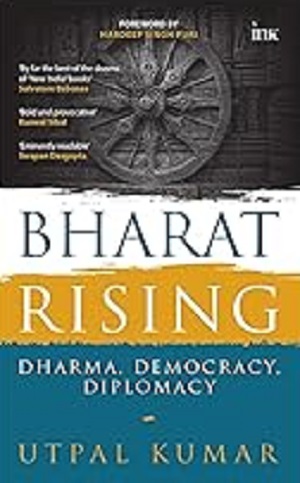
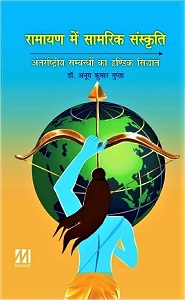
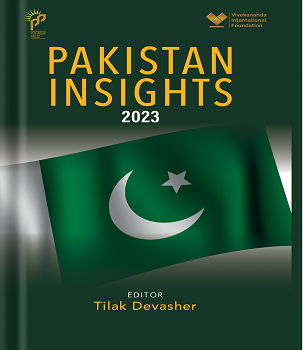
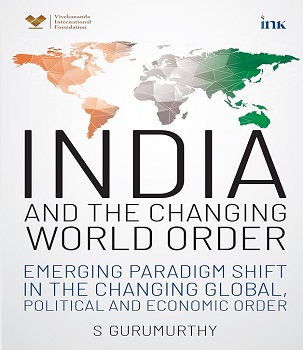
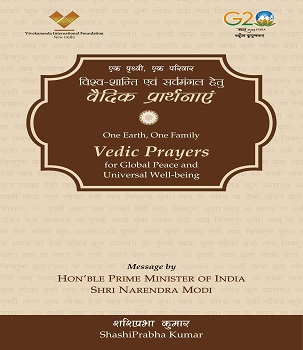
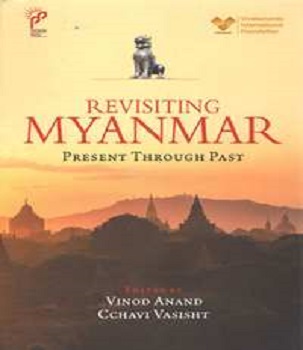

Post new comment